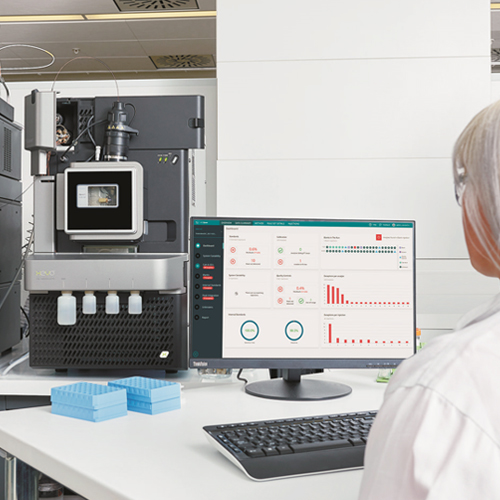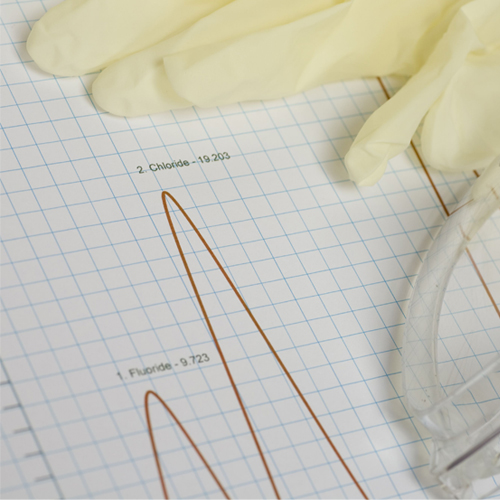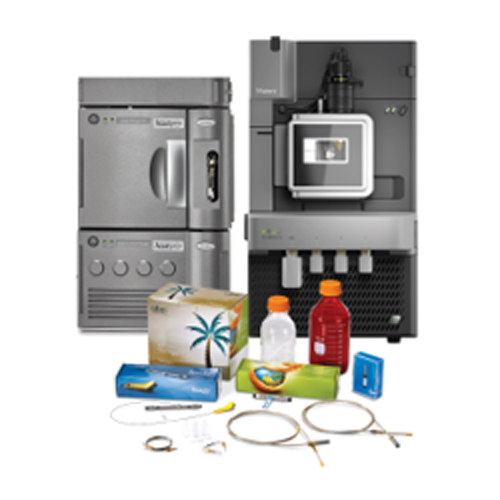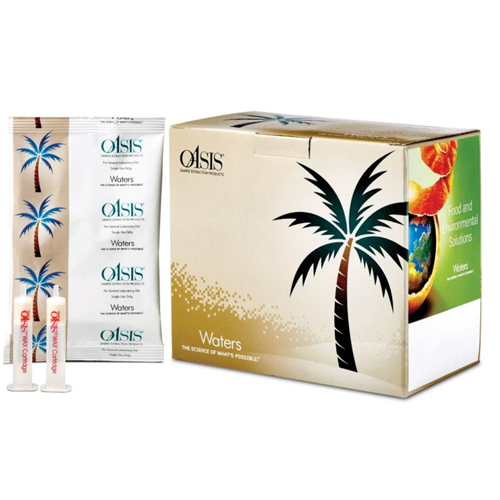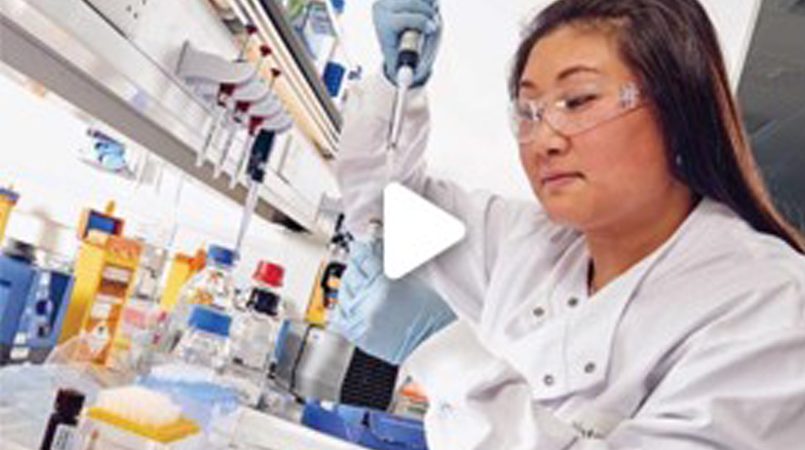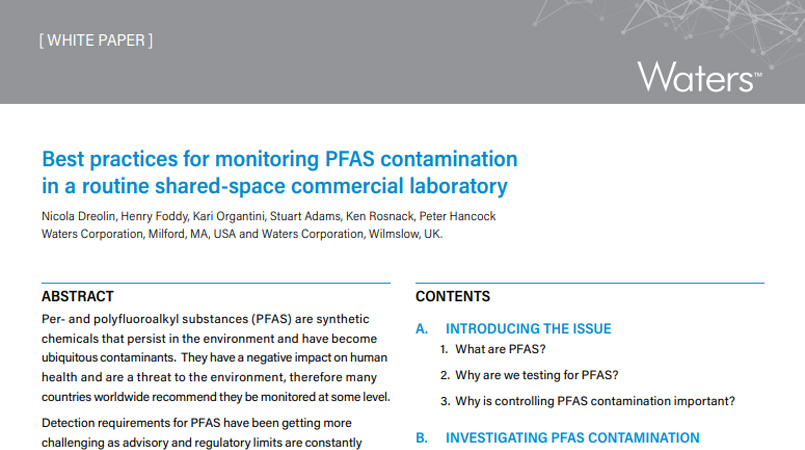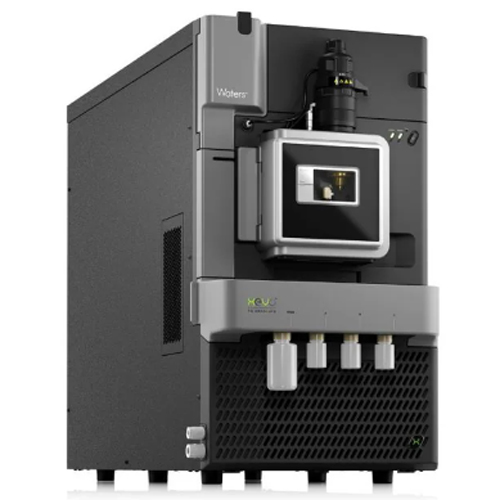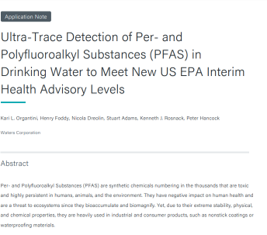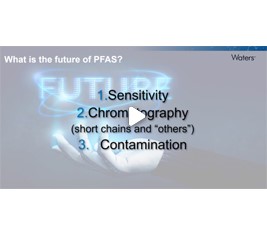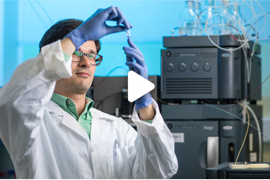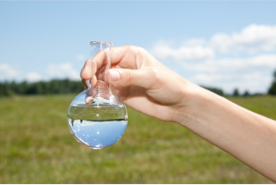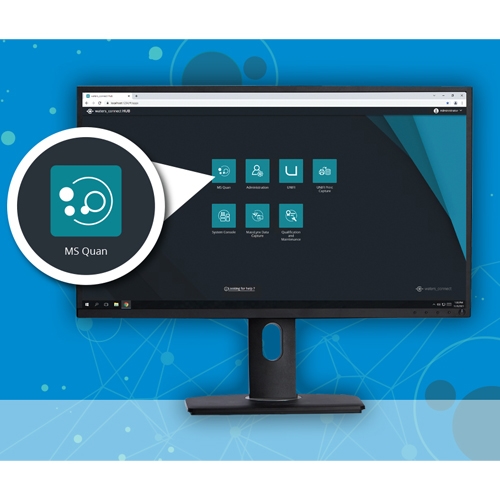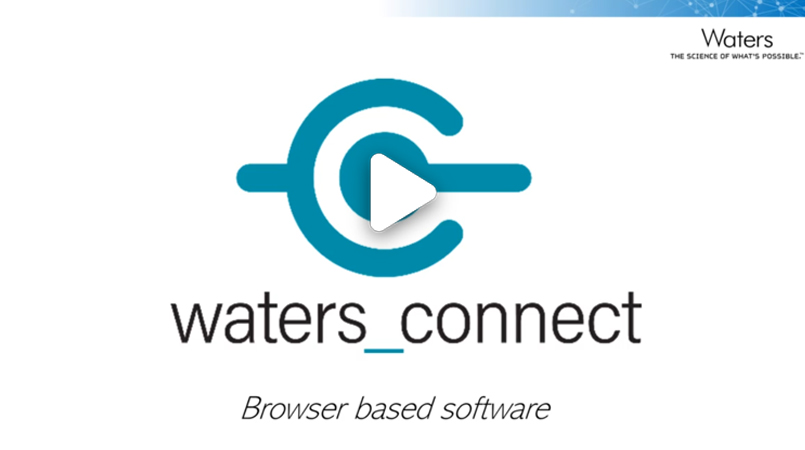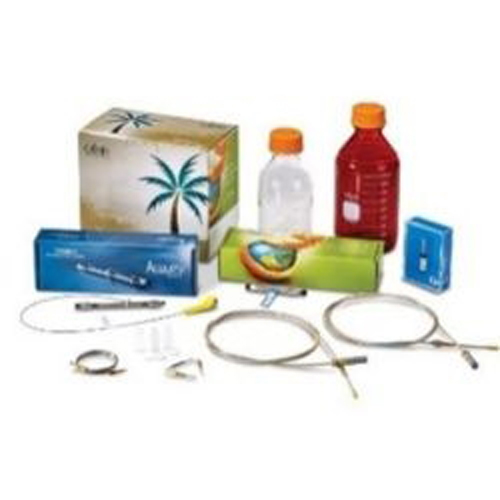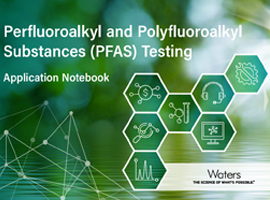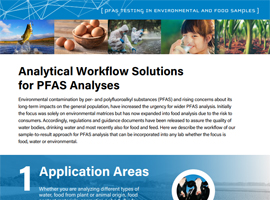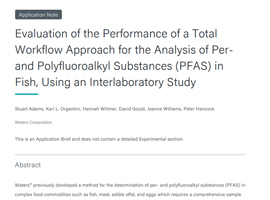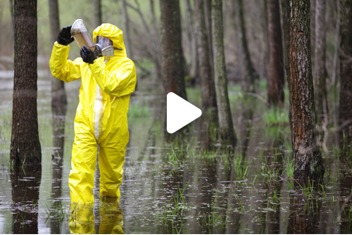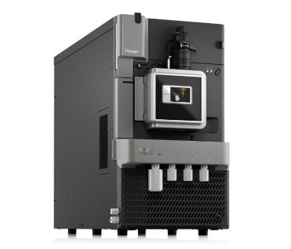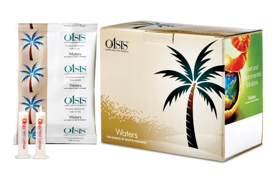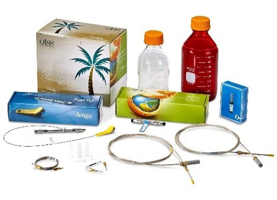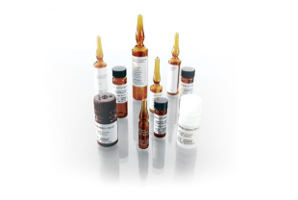Per- and polyfluoroalkyl substances (PFAS) are a diverse group of synthetic chemicals that have been used in both industry and consumer products since the 1940s. The extreme stability of PFAS compounds has become an asset to consumer and industrial products. However, PFAS are extremely persistent and accumulate in the human body and the environment. The negative impacts on human health are extensive and continue to be a key area of investigation. Human exposure to PFAS can occur in many ways through household products such as nonstick coatings, waterproof or stain-resistant materials, house dust, or via ingestion through contaminated drinking water or food.
To better understand the environmental fate of PFAS, the ecological impacts, and the potential risk to public health, there is a need for robust analytical techniques that can provide unbiased quantitative and qualitative data. In this resource, explore comprehensive analytical solutions and methods that deliver high-quality ultra-trace quantification and provide confidence in your PFAS data so that you can easily meet regulatory requirements today and in the future.

